Sustainable data centers as a service
- City
- 2/14/2023
The most popular city in Finland
Tampere provides what Finns are looking for in a city. What is Tampere doing right?
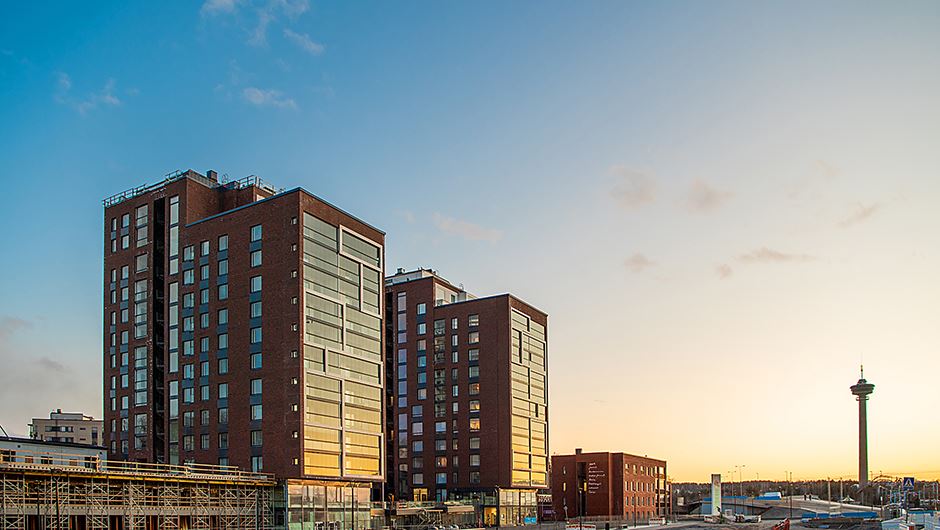
In spring 2022, the Ice Hockey World Championships culminated in Finland’s fourth world championship. It was a rarely seen trick, as the host country has managed to fight its way to victory only a handful of times.
Tampere’s new multi-purpose arena, Nokia Arena, set the stage for the nail-biter final. The arena makes up a significant part of the Kansi project to be built over the railway station, and it is one of the most visible landmarks of Tampere’s urban development and construction from recent years.
If winning the world championships as the host country was a rarity, so is the construction of a new state-of-the-art sports and event arena in Finland. It was made possible by Tampere’s risk-taking when the city decided to join the arena company as a shareholder.
“Tampere has seen that the city has to take part in the funding of these kinds of projects,” says Juha Kostiainen, Executive Vice President, Urban Development at YIT.
Tampere’s population is growing
Over the past few years, Tampere has become the most attractive city in Finland in many studies and surveys. However, this has not come out of nowhere. The development of the city’s, and the entire region’s, population reflects it.
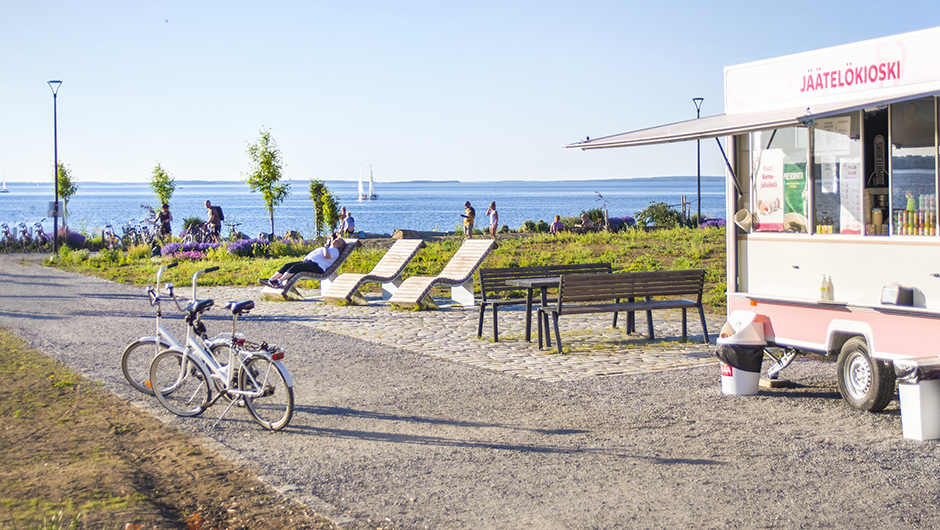
“The famous Tampere-based band Eppu Normaali sang of the year ‘85, which is a good baseline,” begins Juha Yli-Rajala, Group CEO at the City of Tampere.
“In 1985, Tampere had a population of 169,000. Today, there are 80,000 more residents. In 40 years, as many residents as live in the city of Pori have moved here.
If you take into account the entire Tampere region, the population has grown by 125,000 people. It equals the population of a medium-sized Finnish university city.
Cooperation enables construction
Persistence and the ability to cooperate. Those words are often used to describe political decision making in Tampere.
“Tampere has succeeded in making large and long-term decisions, decade after decade. This is what makes Tampere stand apart from other large Finnish cities,” Kostiainen estimates.
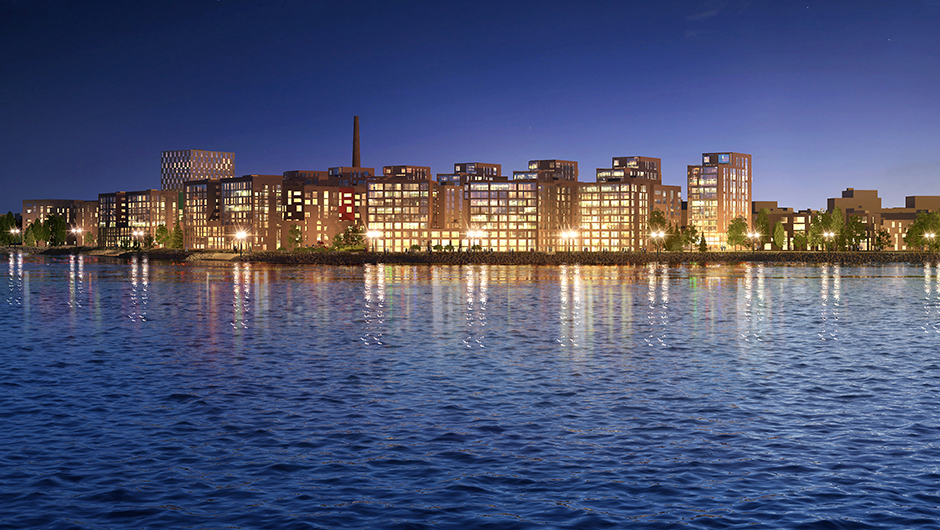
In the background, you can see well-functioning political cooperation. However, the large-scale construction projects of the last decade have also put political parties’ ability to cooperate to the test. In addition to Kansi and the multi-purpose arena, the city has seen the construction of a tram line network, the Rantaväylä tunnel that has renewed car traffic in the city centre, and a bunch of new residential areas.
The political passions of the decision to build the Tampere Tramway heated up in the last minute. In addition, the decision to build the Rantaväylä tunnel was debated for several years under two different mayors. Once the decisions had been finalised, the grumbling ended.
“The rest is history,” says Yli-Rajala.
“In my opinion, the latest boom that has made Tampere one of the most attractive cities in Finland started with the completion of the Rantaväylä tunnel,” Yli-Rajala says.
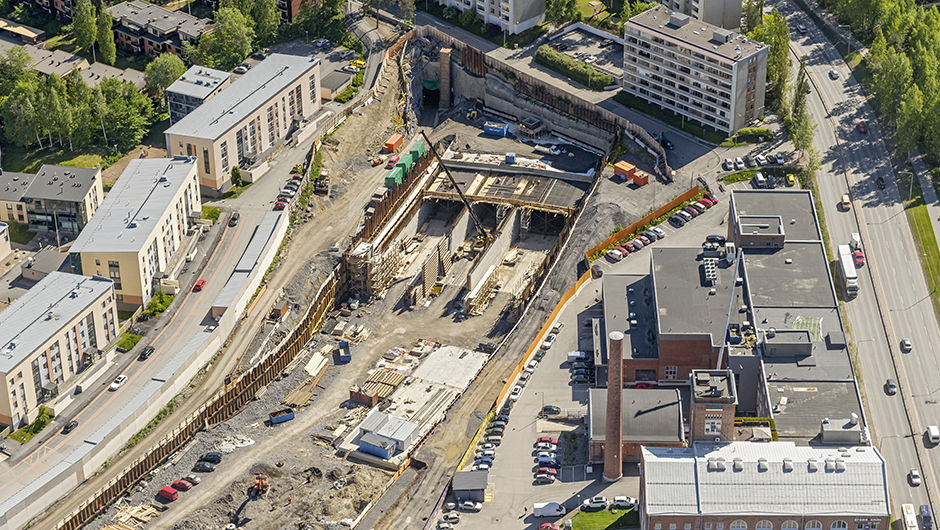
The thing that stands out compared to peer cities is that in Tampere, significant construction projects seem to succeed, one after another. For example, the Rantaväylä tunnel that transformed car traffic in Tampere city centre was completed under budgeted costs and ahead of schedule. It generated positive attention for Tampere and YIT and made the general public aware of the alliance model.
In backstage conversations, Tampere is described as a city that is big enough to make bold construction investments that increase the city’s attractiveness. At the same time, Tampere is small enough so that significant urban development projects receive sufficient attention in the city’s organisation. This is not always the case in larger cities.
Tampere’s five tips for attraction
- Construction creates an attractive city
- Decision-makers’ commit to long-term urban development
- The city makes bold investments
- Cooperative construction and urban development model are used
- Access, density and mix are adopted as the starting point for planning
How are cities developed? | YIT.fi
Tramway supports Tampere’s growth
Tampere Tramway, which started operations in 2021, is very significant for the city’s future. It promotes the three cornerstones of urban development: accessibility, density and mixed use.
“We are on a narrow isthmus here, which is why the tramway was selected as our public transport solution. With the tramway, we can grow and maintain dense urban structure where distances and travel times remain sensible,” says Yli-Rajala.
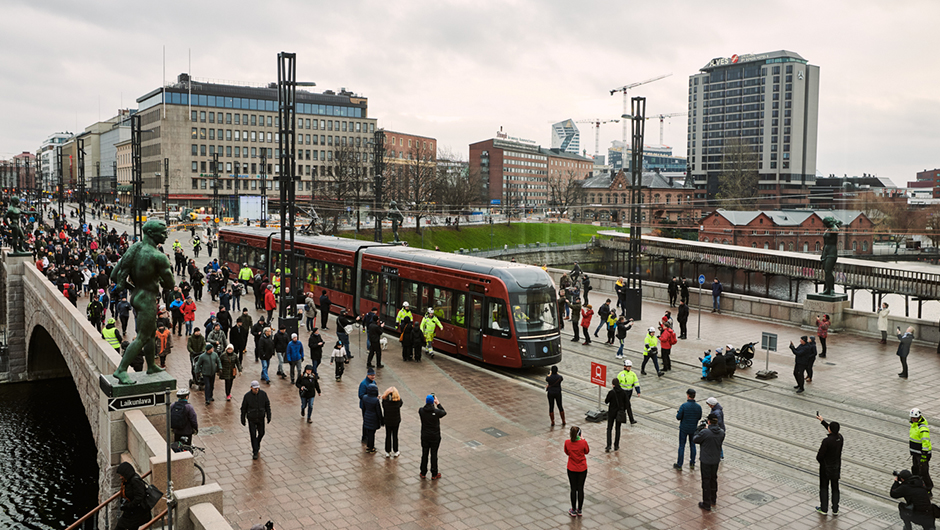
Image: Tampere Tram, Pasi Tiitola
With the tramway, Tampere is harnessing new areas for residential construction.
“From the get-go, the construction of the tramway has been perceived as a comprehensive urban development project, not only a public transport solution,” says Pekka Sirviö, CEO at Tampereen Raitiotie Oy.
The popularity of rail traffic has been a positive surprise.
“At a monthly level, we are already exceeding 1.2 million passengers. Our passenger volumes are greater than in the pre-Covid era,” Sirviö rejoices.
The next significant decisions for the future of Tampere Tramway will be made in April when the decision-makers of Pirkkala and Tampere will review the plan to expand the tramway. The possible construction decision is to be made in 2024. In addition to Pirkkala, reservations for tramways have been drawn in the general plan from Tampere to Kangasala and Ylöjärvi.
Urbanisation equals tracks | YIT.fi
Construction creates attraction
Tampere is an example of how bold and long-term investments in construction can make a city more comfortable and attractive. Next, the city and its people are waiting for the completion of the Tammela football stadium.
“It will be a unique stadium located inside a block and surrounded by residential buildings,” say Yli-Rajala, excited.
In addition to the Tammela Stadium, a Finnish baseball and ski stadium was completed in Tampere last summer. Tampere owns these stadiums entirely as no commercial solution was found for them.
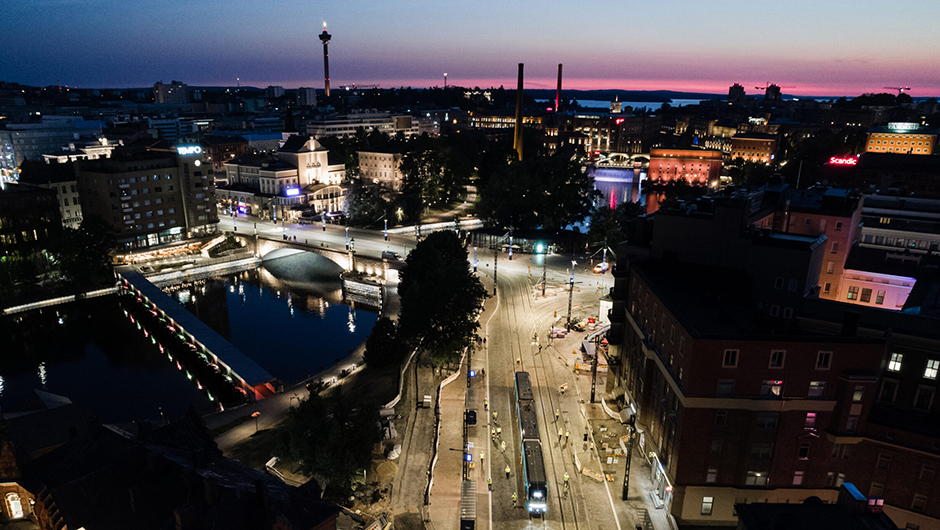
Image: Tampere Tram, Pasi Tiitola
“We believe that these investments will generate positive impacts in the long term as we will succeed in further increasing our attractiveness with events,” says Yli-Rajala, explaining the reasoning behind the investments.
YIT has participated in all of Tampere’s key construction projects in the 2010s. The company’s hand can be seen in the Rantaväylä tunnel, the Kansi project over the railway station, the construction of Tampere Tramway and the new residential areas in Ranta-Tampella.
“YIT has participated in all of Tampere’s key construction projects in the 2010s.”
The next large contract for YIT is the development project of Tampere’s Asemakeskus area. Its preliminary land use plans are currently being drafted together with the landowner Finnpark Oy and the city.
We are again heading into another urban development project requiring persistence.
Apartments for sale in Tampere
A city is never finished | YIT.fi
Sustainable urban development with the help of the circular economy | YITGROUP.COM
A blogpost by the company MDI has been utilised as a reference.



